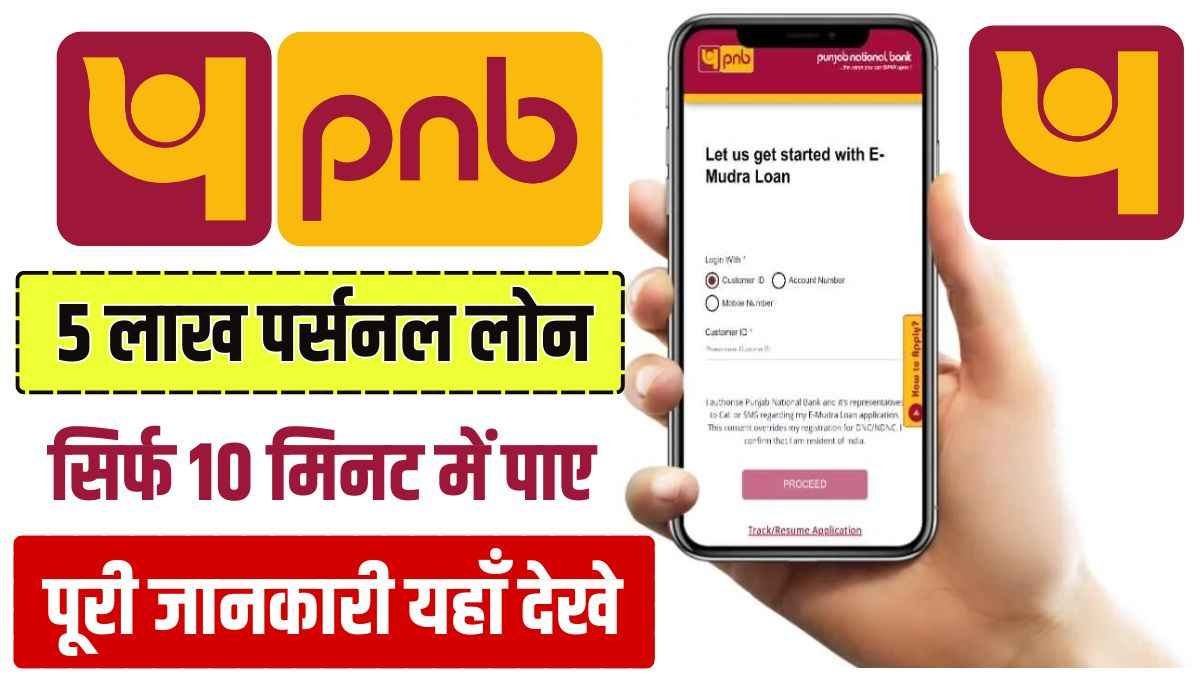Loan vs. Mortgage: Understanding the Differences and Uses
Introduction
Taking out a loan or getting a mortgage are two common ways for individuals to finance big purchases such as a house or a car. While these terms are often used interchangeably, there are some key differences between a loan and a mortgage, and understanding these differences can help you make the right decision when it comes to your financial needs. In this blog post, we’ll be diving into the differences and uses of loans and mortgages, so you can make an informed decision on which option would be best for you.
Definition and Types of Loan
A loan is a sum of money that is borrowed from a lender, with the agreement that it will be paid back over time with interest. Loans can be taken out for various reasons such as for buying a car, paying for education, or a personal emergency. There are two main types of loans – secured and unsecured.
A secured loan is backed by collateral, which is an asset that the borrower owns, such as a house or a car. This means that if the borrower fails to make payments, the lender has the right to seize the collateral to recover their losses. Secured loans often have lower interest rates because there is less risk for the lender.
On the other hand, unsecured loans do not require collateral and are based solely on the borrower’s creditworthiness. These loans often have higher interest rates as there is a higher risk for the lender.
Types of Mortgages
A mortgage is a type of secured loan that is specifically used for buying a property. It is a long-term loan that is typically paid back over 15-30 years. There are different types of mortgages available, each with its own unique features.
A conventional mortgage is a loan that is not guaranteed or insured by the government. These mortgages often require a down payment of at least 20% of the total cost of the house, and the borrower’s credit score plays a crucial role in determining the interest rate.
Government-insured mortgages, such as FHA loans, are backed by the government and are designed for individuals with low or moderate income. These loans often have lower down payment requirements and more flexible credit score criteria.
Fixed-rate and adjustable-rate mortgages refer to the interest rate on the loan. A fixed-rate mortgage has a set interest rate that does not change throughout the loan term, making it easier for borrowers to budget their monthly payments. On the other hand, an adjustable-rate mortgage (ARM) has an interest rate that can change over time, usually after a certain period. The initial rate for an ARM is often lower than that of a fixed-rate, but it can increase or decrease depending on market conditions.
Uses of Loans and Mortgages
Now that we have a better understanding of what loans and mortgages are, let’s take a look at their different uses.
Loans are often used for short-term financial needs, such as funding a small business, paying for education, or covering medical expenses. They are also commonly used for purchasing big-ticket items like a car or household appliances. Loans can be obtained from banks, credit unions, or online lenders, and the process of applying for a loan can be relatively quick and straightforward.
Mortgages, on the other hand, are specifically designed for purchasing a property. They are used for long-term financial needs due to the large amount of money involved. Mortgages are also much harder to obtain, as they require a thorough approval process that includes a credit check, income verification, and property appraisal.
Benefits and Drawbacks
Loans and mortgages each have their own set of pros and cons that should be considered before making a decision.
One of the main benefits of taking out a loan is that it can be obtained relatively quickly, and there are no restrictions on how the money can be used. However, the interest rates on loans can be higher than mortgages, making them a more expensive option in the long run.
Mortgages, on the other hand, usually have lower interest rates and longer repayment periods, making them more financially feasible in the long term. However, the application process can be lengthy and complex, and missing payments can result in foreclosure on your property.
Which One Should You Choose?
Choosing between a loan and a mortgage ultimately depends on your specific needs and financial situation. If you need money for a short-term financial need, then a loan may be a more suitable option. On the other hand, if you are planning to buy a property and have a stable income, a mortgage may be the better choice.
It’s essential to carefully consider your budget and financial goals before making a decision. Keeping an eye on your credit score and having a good track record of paying debts on time can also help improve your chances of being approved for a loan or mortgage.
Conclusion
In conclusion, loans and mortgages serve different purposes and have their own set of advantages and disadvantages. Understanding the differences and uses of these two financing options can help you make an informed decision that aligns with your financial goals. It’s always a good idea to consult with a financial advisor to help you navigate the complexities of loans and mortgages and make the best decision for your financial future.










